This Mallorca village has become one of the most exclusive spots in the Balearics – yet retains its boho charm
Tucked between the mountains and sea, the village of Deia is a favourite of the rich and famous, yet Nicole Trilivas finds it still has its original artsy magnetism
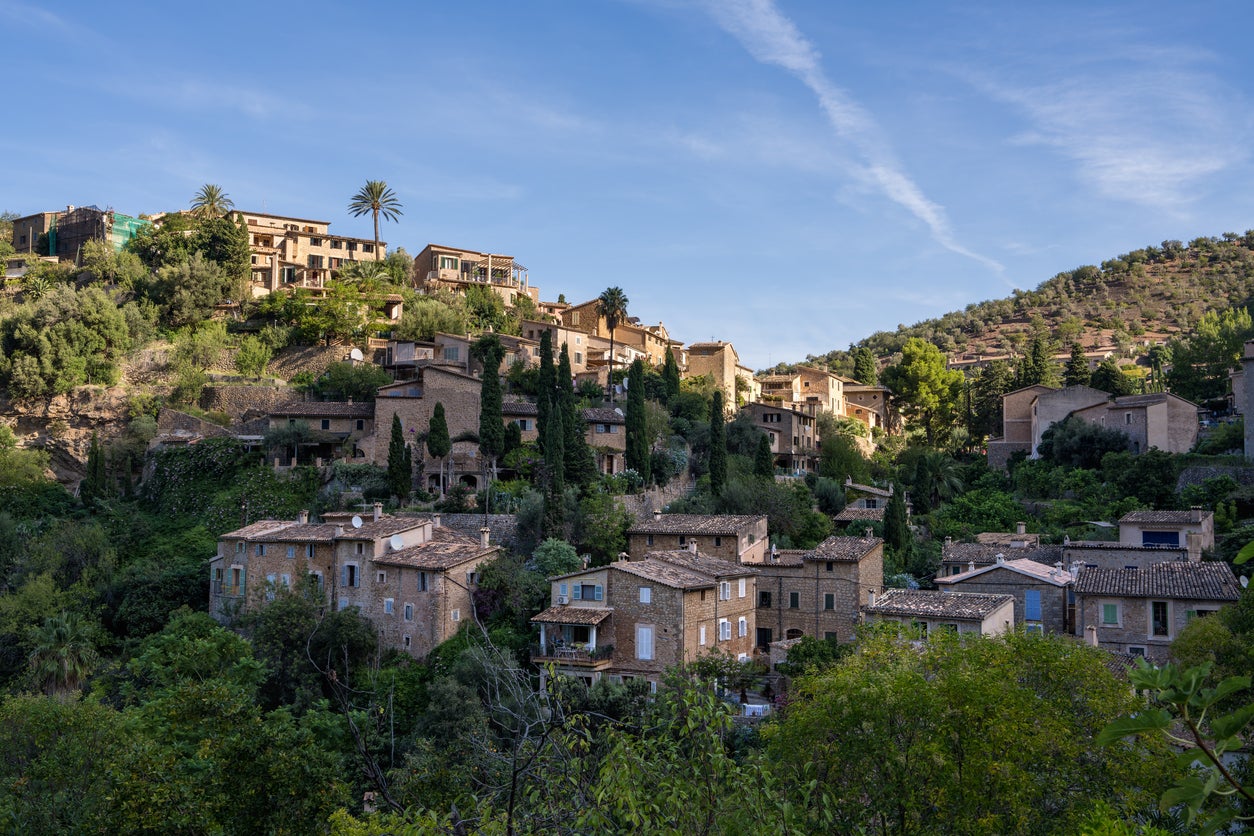
Your support helps us to tell the story
From reproductive rights to climate change to Big Tech, The Independent is on the ground when the story is developing. Whether it's investigating the financials of Elon Musk's pro-Trump PAC or producing our latest documentary, 'The A Word', which shines a light on the American women fighting for reproductive rights, we know how important it is to parse out the facts from the messaging.
At such a critical moment in US history, we need reporters on the ground. Your donation allows us to keep sending journalists to speak to both sides of the story.
The Independent is trusted by Americans across the entire political spectrum. And unlike many other quality news outlets, we choose not to lock Americans out of our reporting and analysis with paywalls. We believe quality journalism should be available to everyone, paid for by those who can afford it.
Your support makes all the difference.Deia is so pretty that it can make you gasp aloud. In fact, that’s just what I did when spying it for the first time from the back of a taxi. Wedged between the Balearic Sea and the Unesco-protected Tramuntana mountains on Mallorca’s northwest coast, this petite village is quite the sight with steep streets, spires of cypresses, buttery-brown stone villas, and – sitting atop its highest point like a cardinal’s biretta – a 16th-century church.
Deia is more than just a pretty picture though. This is a town with personality, managing at once to be fashionable and luxurious while retaining an artsy, bohemian soul.
“The name Deia dates back to the 10th-century Moor conquest and means ‘village,’” local guide Gina Vasquez tells me while walking the stone-paved streets of Es Clot, the oldest part of Deia. Tucked on the back of the Puig (the hill), this part of the village is hidden from the sea to deter once-common pirate attacks. Gina points out the farming terraces, allowing the steep hillside to be cultivated with olive trees (another Moorish legacy), but when we get to Esglesia de Sant Joan Baptista at the very top, we meet the man credited with creating Deia’s modern reputation as a haven for artists, writers, musicians, and stars – all in search of inspiration or rest and relaxation.
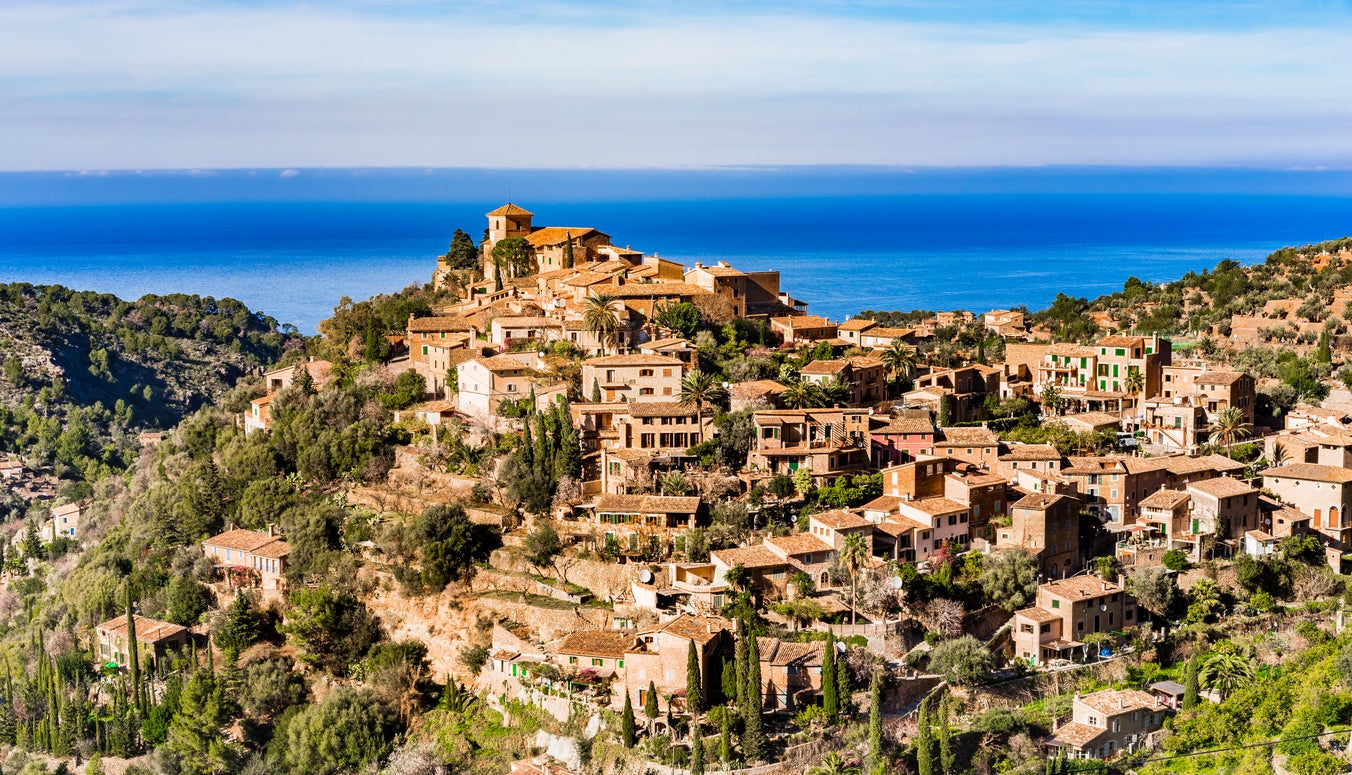
Robert Graves’ final resting place is marked with red votives and polished pebbles. “He’s Deia’s adoptive son,” says Gina. Graves, the British author of Good-bye to All That and I, Claudius lived in Deia on and off from 1929 until his death in 1985. “After the war, he had what they now called PTSD, and his friend [author] Gertrude Stein convinced him to come to Deia because it was sunny and cheap.”
Read more on Spain travel:
Highly respected by villagers and visitors alike, Graves’ house has been transformed into a quaint museum, but he’s no longer the only famous name in these parts. By the Sixties, musicians like Jimi Hendrix helped increase Deia’s global profile, and it has only skyrocketed since then.
One Brit with a holiday home here tells me Deia is nicknamed “celeb city” in the summer. Andrew Lloyd Webber is said to have a home in town, while Michael Douglas has an estate in nearby Valldemossa (about 15 minutes away, where Polish composer Chopin once penned his preludes). Annie Lennox is also reputed to have a house nearby. When I ask Gina if the world’s most famous Mallorcan, Rafael Nadal, visits Deia she won’t officially confirm but gives me a knowing shrug.
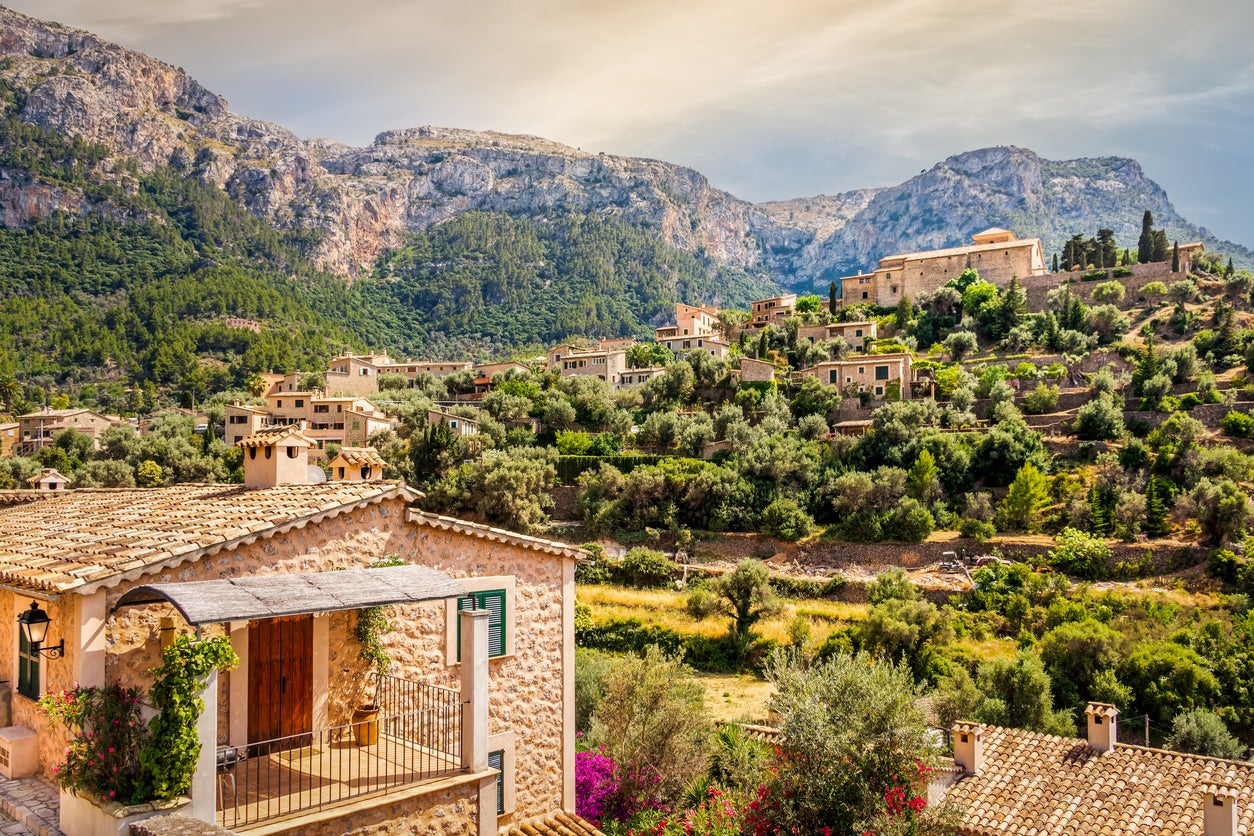
“A lot more people came after The Night Manager,” says Gina, of the 2016 BBC mini-series starring Tom Hiddleston, which admittedly put it on the map for me. What is this magical place? I remember thinking when watching one sun-splashed scene filmed at the rustic seafood restaurant Ca’s Patro March, dangling above the sea in Cala Deià, the village’s rocky beach.
“The road to the cala (the cove) was built during Graves’ time, but I don’t think the locals go down there much now,” says Gina, who is also quick to point out how crowded Deia gets in the peak of summer. Dotted with wooden blue chairs and sleepy cats, the restaurant remains excessively popular and bookings are hard to snag. From the beach, it’s about a 30-minute hike back up into town.
Within the heart of Deia, there’s no shortage of places to eat. Balm is a new addition with hyper-local “zero-kilometre” dishes of crunchy salads and soups topped with microgreens, while Xelini serves traditional tapas of padron peppers and tortilla. S’Hortet makes for a calming breakfast spot, delivering on its name (meaning “garden or vegetable patch”) with al fresco tables set under a canopy of citrus trees. The spot for drinks is Sa Fonda, and market shop and bakery Forn Deia is best for local wine (try 12 Volts) and freshly baked ensaimadas(sugar-dusted Mallorcan pastries, which I fondly describe as the love child of an American doughnut and French brioche).
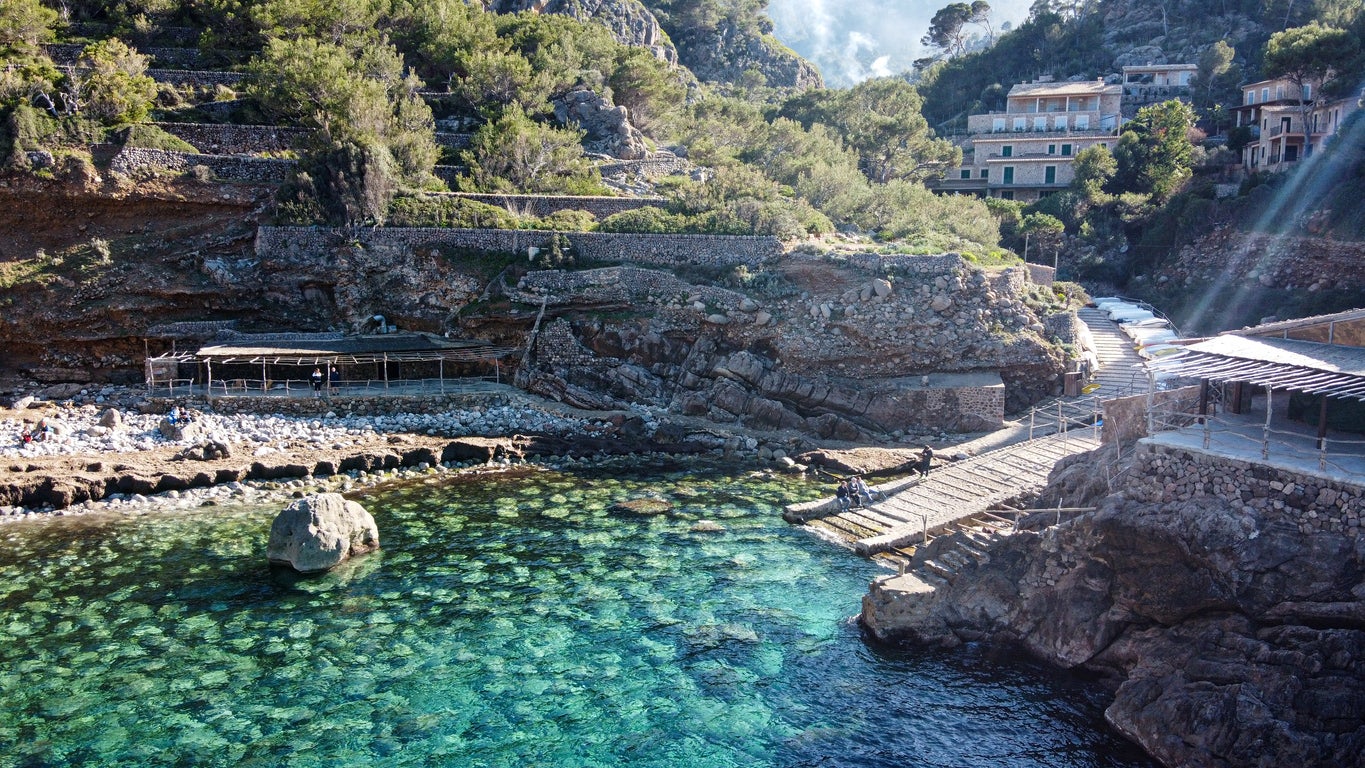
On Wednesdays, a market hawking everything from paella to jewellery opens next to the bakery. Though it’s not directly in town, Sa Foradada, highlighted in one of Ottolenghi’s shows, serves paella cooked on an open fire. However, it’s only accessible by boat or by foot.
Just as we can’t talk about Deia without talking about Graves we also must mention La Residencia, a storied, five-star hotel once owned by Richard Branson, who brought in a coterie of celeb guests, including Princess Diana (her thank-you letter still hangs in the lobby). Now, the hotel is under the stewardship of the Belmond brand.
“It’s the island’s first art hotel,” says Gina, whose husband Juan Waelder has been an artist in residence for 12 years. Waelder gives painting and sculpture classes in his studio at the hotel, and you can see a few of his pieces onsite, including a bas-relief of Graves and an iron sculpture in front of the hotel inspired by the island’s mountains. “It’s a beautiful place to work,” he says.
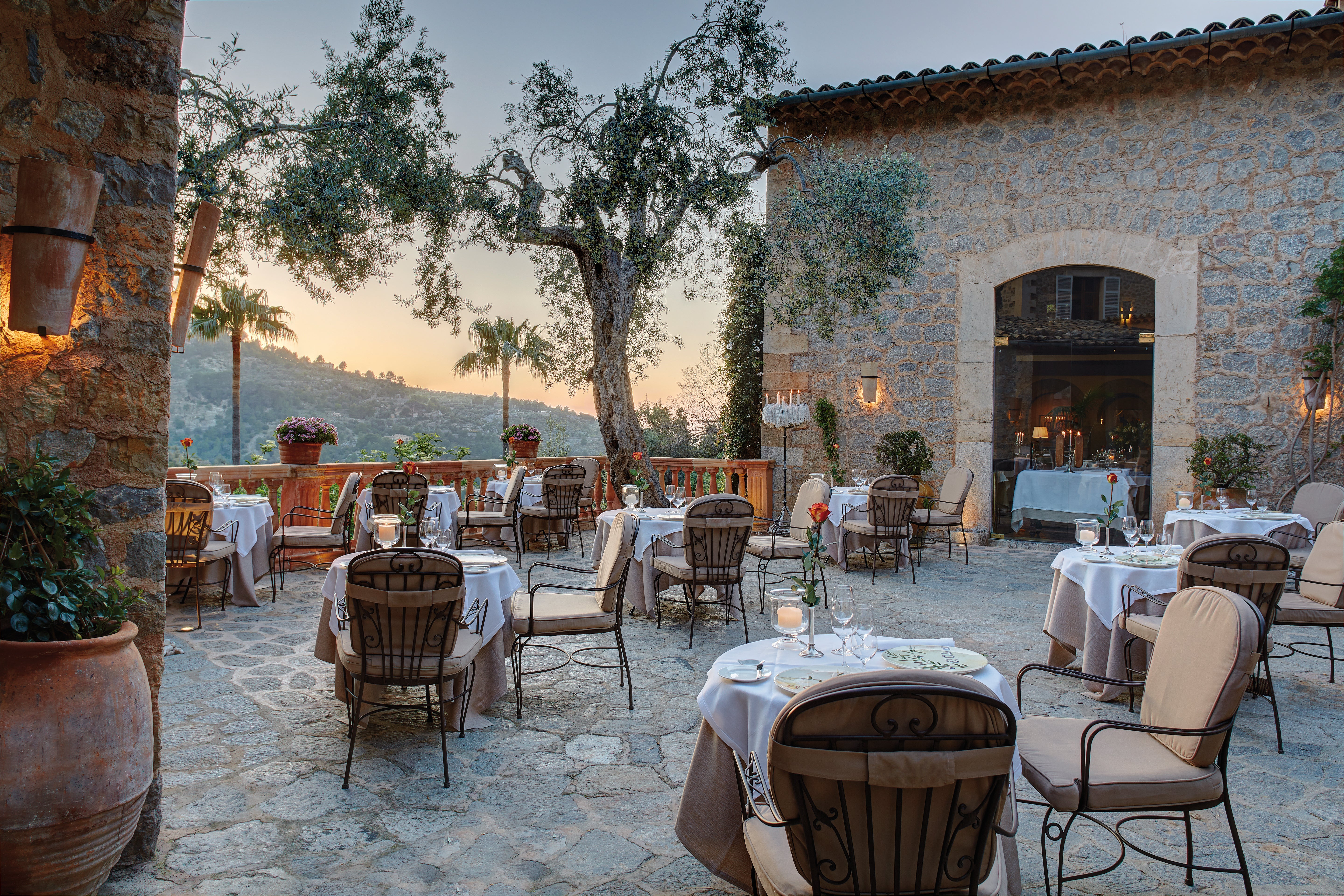
La Residencia is also the place for fine food. Set out on a moonlit patio, El Olivo is a six- or eight-course tasting menu for budget-blowing special occasions, featuring dishes like marinated ramallet tomatoes (a native variety) and sopas mallorquinas, a rich broth, enhanced here with a parcel of sobrasada sausage, another famed local flavour.
Filled with original Miros (the Catalan painter was a frequent visitor to the island), Restaurante Miro is the place for classy cocktails (try the spicy Local Negroni, with gin from Palma and Muntaner vermouth, fashioned from Mallorcan prensal blanc grapes). While the terrace has the views, the indoor tables have the art: “There’s maybe one million Euros in this room,” says head concierge, Pep Ferreiro. Some of the pieces were never displayed before they were hung here.
The hotel just revealed a temporary installation by Daniel Buren, the French artist known for his stripe installations at Paris’ Colonnes de Buren, but all year round guests can enjoy art here, with an onsite gallery and the outdoor Poet’s Walk, which includes a sculpture by Miro’s grandson.
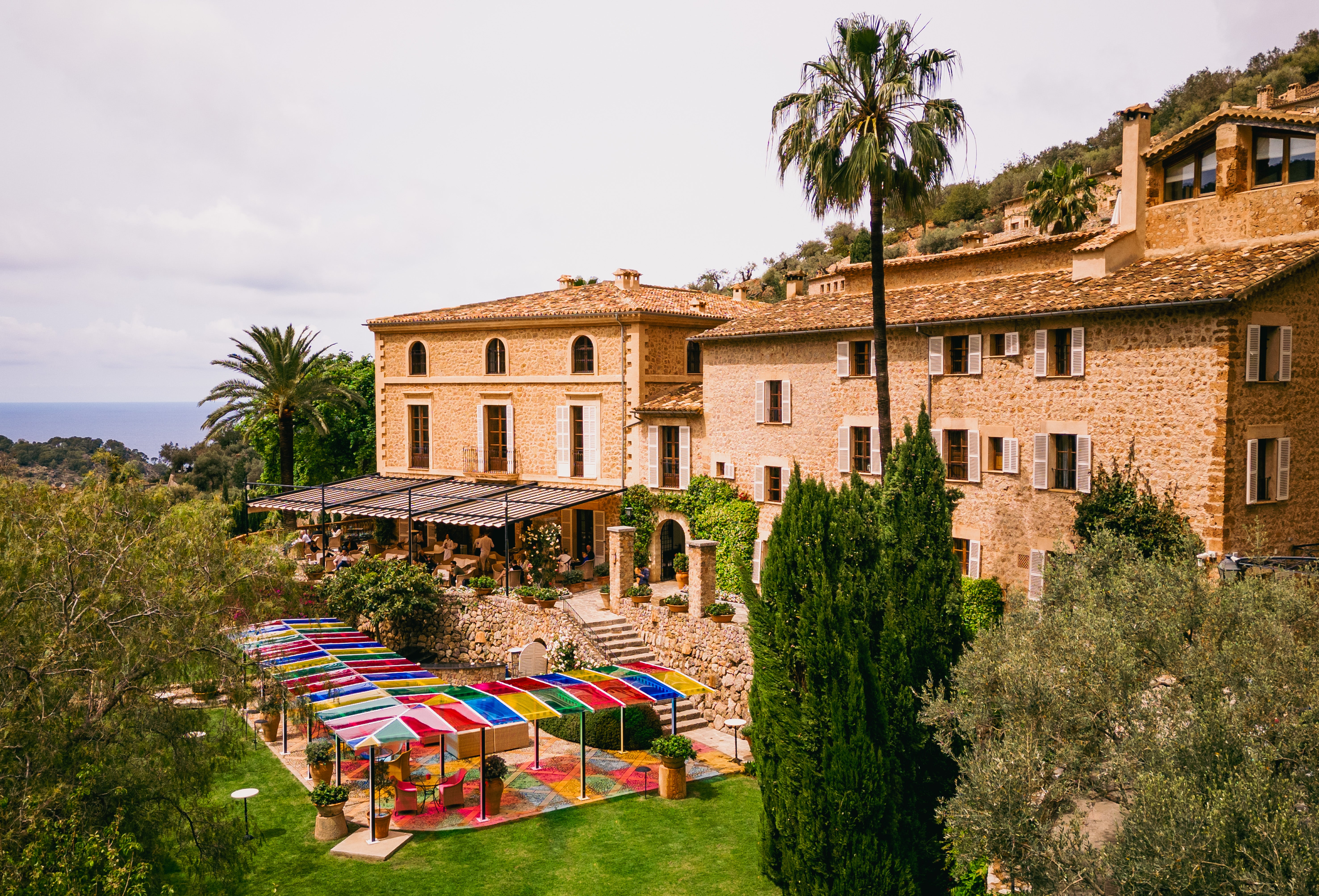
For visitors looking for all the charm of La Residencia without the price tag, a private villa makes for a nice alternative. My base is the charming villa Sa Tanca, perched right above La Residencia on a hill. The four-bedroom Sa Tanca is one of the only large villas right in town and it was built to resemble a Mallorcan finca using traditional Balearic materials like limestone, mortar and terracotta. Much of the stone used was salvaged during the construction of the tunnel from Palma to nearby Soller.
While the home was originally built for a senior government official, the current owner is an architect who added fresh style. Expect: a fireplace surrounded by throw pillows in roba de llengues-inspired prints (an ikat-like Mallorcan fabric); wood-beamed ceilings; and a courtyard-like backyard with a lantern-lit loggia and heated pool. Because of its location in so-called High Deia, the villa gets plenty of sun and the views are some of the best in town, especially from the front terrace, where white wisteria hangs from the pergola like Christmas baubles. From here, I watch the mirror-still sea glow isabelline at sunset and the lights over the Puig flick on one by one at nightfall. One more selling point in case you weren’t already convinced: Heston Blumenthal was a guest.
The villa is no more than a three-minute walk from the town’s main drag (Carretera de Deia), so you don’t need a car while staying here unless you have limited mobility or inclement weather (one rainy day, I practically had to abseil down the steep hill). If you do want a car, the villa can accommodate four.

Also at the bottom of the hill, there’s a taxi stand and bus stop, allowing for day trips to nearby Valldemossa and Soller. Buses are clean, easy to navigate, and cheap at around €2 (tap in and out with any contactless bank card). I visited a few of these surrounding spots during my stay, but I found Deia – with all of its artistic spirit and spectres – most inspiring.
Available via StayOne, Sa Tanca sleeps up to eight in four bedrooms. Bespoke tours of Deia with Gina can be arranged via ToursByLocals from £154. For news on Deia and Mallorca, visit Fomento del Turismo de Mallorca.
Read more: Spain travel guide – everything you need to know before you go
Join our commenting forum
Join thought-provoking conversations, follow other Independent readers and see their replies
Comments